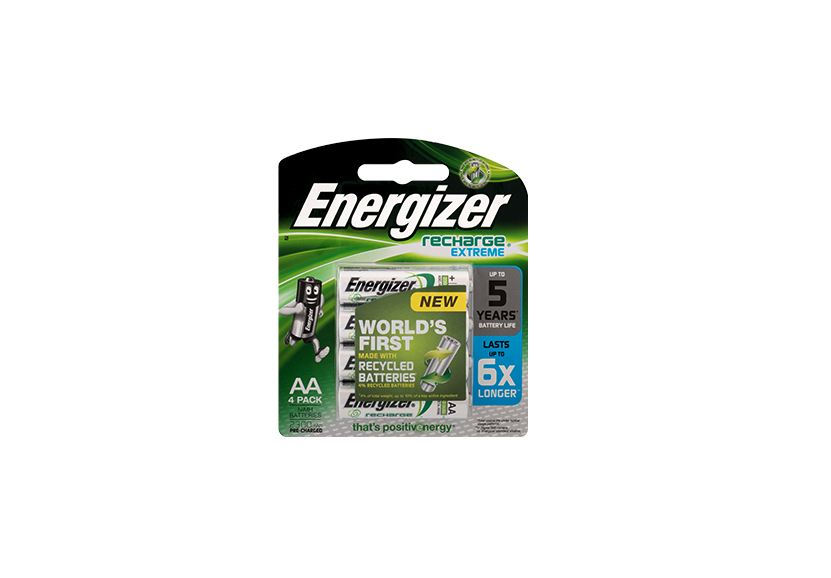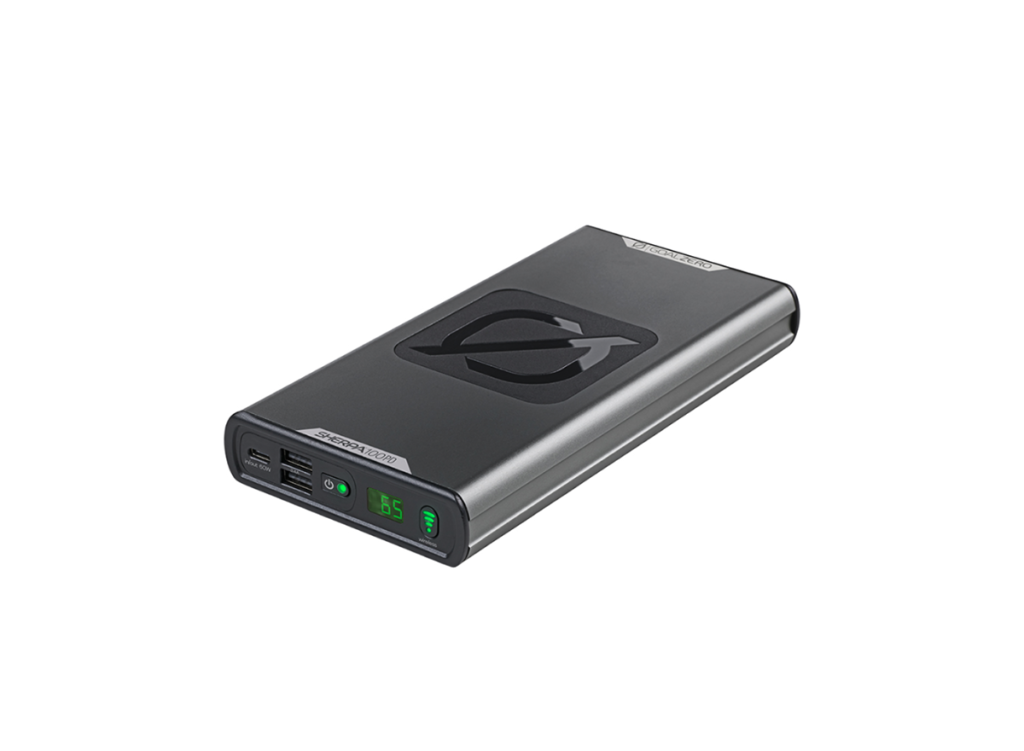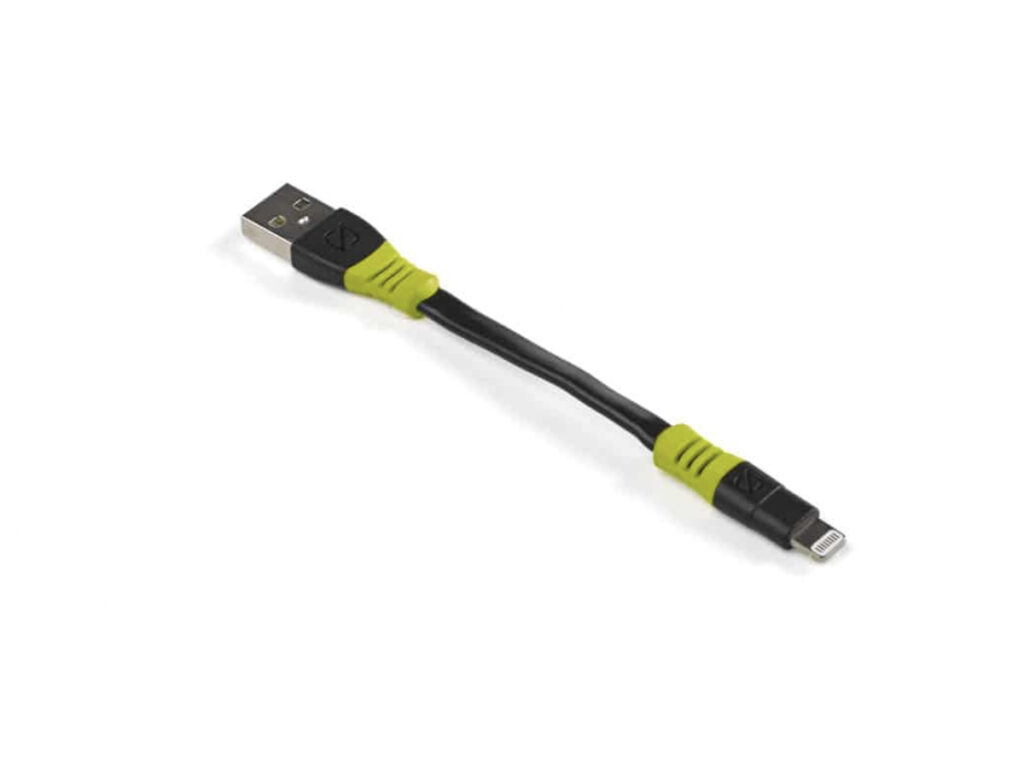Powering your hike
Technology
For many hikers getting out bush and going off grid is a way to get away from all the technology and the constant pinging of your mobile phone. If you aren’t connected for a few days does it really matter?
Having said that some pieces of electronics are designed to help your hike such as navigation devices like GPS’s, headlamps to help you see, and cameras to record memories. While you can always fall back to paper maps, you can’t do much about your lighting or your camera power and on longer hikes you will need to top up with a power source of some type. It’s rare that hikers don’t have at last at least some power requirement on the trail. The type and quantity of your power recharge needs is dictated by whether you can get away with just a single charge, a single set of batteries, or whether you need to have a back up option.
In this article we provide a basic introduction into powering your hike as a hiker (as opposed to a car camper), and look at the pros and cons of the available options.
Batteries - Disposable
The quick and easy fix! The term disposable battery covers a very broad range from the extremely cheap lead acid batteries to the more expensive alkaline batteries, all the way up to expensive lithium batteries. Which one you choose is going to depend on the recommendations from the specific equipment manufacturer, your desired battery life and how much you want to spend. While alkaline and lithium batteries are expensive compared to lead acid batteries they are usually better value for money typically lasting much longer particularly in high drain electronics such as cameras and GPSs. Disposable batteries, including coin cell batteries, come in all shapes and sizes and should be stored out of reach of children. In regards to disposable batteries you get what you pay for.
Pros
- Relatively cheap, the cheapest upfront option. Even disposable lithium batteries tend to be cheaper than rechargeable batteries
- Relatively long shelf life
- You can find them just about anywhere
Cons
- Generates more waste
- Typically don’t last very long in use
- Should be disposed of at a dedicated disposal facility rather than dumped in landfill
Best Use
- Best for when you only use equipment occasionally or for when you don’t have a recharging option

Energizer lithium battery
Batteries - Rechargable
Rechargeable batteries fall into two main categories. The first type is a standard looking battery that essentially replaces a disposable battery. The second is a dedicated rechargeable battery often found in cameras these days but also in some brands of headlamps. Rechargeable batteries are often considered a step up from disposable batteries with the main advantage being that they have a very long life so you aren’t continually creating waste given you can use them over and over again. Again you get what you pay for and I have seen some very cheap rechargeable batteries on the market however quite often the cheaper batteries are almost useless.
Pros
- Less environmental waste as they use they can be used over and over
- Better value over the life of the battery when compared to disposable batteries as they can be recharged. Will last for a number of years
- Minimises the need to carry multiple disposable batteries provided you can recharge them
- Rechargeable batteries produce less waste because they can be recharged with a simple battery charger and reused hundreds of times
Cons
- Buying high quality rechargeable batteries is expensive
- You need to be able to recharge them somehow
- Should be disposed of at a dedicated disposal facility rather than dumped in landfill
Best Use
- The best option for when you have a recharging ability, more environmentally friendly in the long run. In this stance you need to factor in the cost of a recharging option

Energizer rechargeable batteries

Black Diamond ReVolt headlamp rechargable battery in the lighting case. This battery comes with the unit but can also be replaced with standard batteries if need be
Powerbanks
Powerbanks are essentially a large rechargeable battery that can be used to recharge electronic devices. They are a great option for hikers who won’t have access to a powerpoint on a regular basis or don’t want to carry lots of batteries for all their electronic equipment. They are also a great option for electronic devices that have built-in rechargeable batteries.
Pros
- Very versatile, typically will charge most other battery types
- Larger hiker friendly powerbanks can also charge laptops and tablets
Cons
- Expensive to purchase and can also be heavier compared to other types of power storage
- Can be bulky and there is a limit to how much you can carry as a hiker
- Airlines set a maximum size limit but most manufacturers seem to cater for this creating model that will sit below this limit
Best Use
- Great for heavier power users

Goal Zero Sherpa 100PD Powerbank
Did you know?
When travelling by plane, batteries should only be in your carry-on luggage and not in the hold of an aircraft. Check with your airline on the requirements for carrying batteries and electronics on a plane. The Civil Aviation Safety Authority produces apps for mobile phones that detail what you can and can’t carry, including batteries. The app info you need can be found at https://www.casa.gov.au/dangerous-goods-app.
Make sure you also check with your chosen airline to ensure there aren’t more stringent requirements in place.
Battery disposal
Batteries are best classed as toxic waste and ideally shouldn’t be dumped into landfill with the rest of your garbage but rather disposed of at a battery recycling point. While this isn’t always possible try to find a local disposal option. The following link provides Australia and New Zealand options by State and Territory. To find a disposal option in your area go to https://batteryrecycling.org.au/recycle-batteries/why/find-a-recycler/
Solar panels
If you are planning on being away from civilisation for an extended period then you may not be able to carry enough batteries or battery packs to suit your needs and this is when solar panels come into their own. There is a limit to the size and weight of panels that a hiker can carry and usually the smaller units can hang off the back of your pack to recharge as you walk. Having said that this does rely on the sun being out to work. technically I can get away with carrying a larger power bank that in theory will take a small solar panel three days to charge. However this relies on having sunny weather or not walking through dense forests to charge in this timeframe. If you are a heavy power user solar panels may not be your best option unless you know you will have guaranteed access to sunlight.
Pros
- Who doesn’t like free electricity
Cons
- Solar panels suitable for hikers can be slow to charge or require large panels if you want a speedy charge
- If you are a heavy power user then a small hiker-friendly solar panel may not provide enough power
- No sun, no power. This lack of sun can be because of fog, rain, cloud cover or heavy tree growth
Best Use
- For the not-so-heavy power user who’s doesn’t want to carry batteries

Goal Zero Nomad 5 Solar Panel
Cables
Choosing high quality cabling makes a big difference to the charging process.
- First and foremost you obviously need to use the correct cables. One to plug into your power bank/wall plug and the other to plug into the device you want to charge.
- The longer the cable the longer the charging time
- There is a bit of a compromise here. You want enough length that you can access you device while its plugged in to the charger but not so much length it becomes a nuiscance
- Some cable are designed for delivering high speed charging, others aren’t. When purchasing cables make sure they are designed specifically for high speed charging
- A higher quality cable is less less to crimp or bend meaning that they will last longer

Goal Zero charging cable (USB-C to Lightening) This 12.5 cm cable is great to use with my power bank but when plugging into a wall charger I prefer a longer cable
Final thoughts
In powering your hike the thing you need to know is what sort of power user you are. If you will only be using your phone or satellite communication device such as a Garmin GPSMAP 66i Handheld Hiking GPS & Satellite Communicator for emergencies you may get away with the charge that comes with your particular device. If you are a heavy user then having a large enough battery capacity may be your only option. As an example, a number of photographers I know carry a lot of weight in batteries as part of their kit. From my perspective I know how long each of my pieces of equipment will last based on my daily and weekly use. For me this means that if I am going on a one week long trip, I will carry a smaller powerbank just in case and that’s mainly because of the social media that I do. If I am going to be away from mains power around two weeks, I travel with a large powerbank. Any longer than that and I need to carry multiple powerbanks or else pick up a fresh one with my resupply.
The real take away here is to know your equipment including the power requirements of each item and carry what you need to suit your specific trip. This is a learning curve for most people who may have never given a thought to their power needs before and a great starting point before purchasing any new equipment options to power your hike.